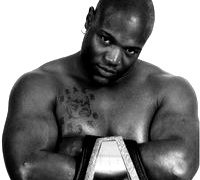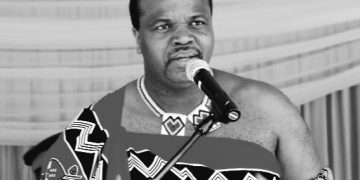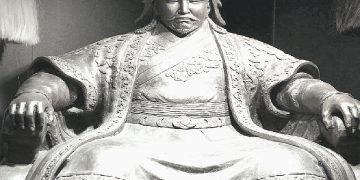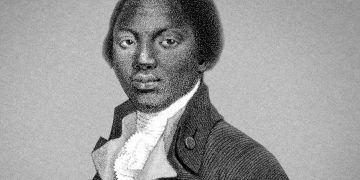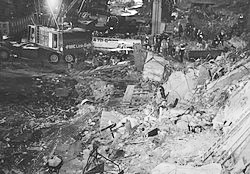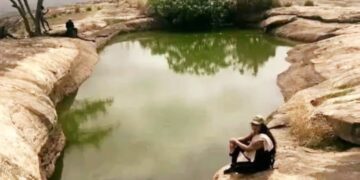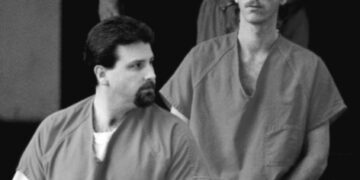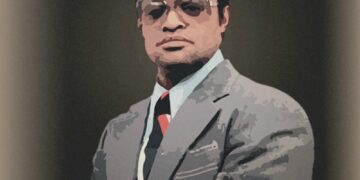At about 2am on 2nd September a fire began in the kitchen of baker Thomas Farriner. The fire took hold and spread very quickly. The houses of London were made of wood and built very close together. It had also been a very hot summer and the wood was very dry and apt to burn easily and quickly. By dawn the fire could be seen from some distance away. By the time the people of London were waking up for breakfast around 300 houses had been destroyed.
The mayor of London was advised to destroy houses in the path of the fire but he did not want to take this path of action because he would be liable for the cost of rebuilding them. The fire continued to burn and by the morning of 3rd September many people had been forced to flee their houses and seek refuge in the river Thames. King Charles II put his brother the Duke of York in charge of a group of troops assigned to fight the fire.
As 4th September dawned the fire showed no signs of burning itself out and the firefighters were becomming very tired and frustrated by the futility of their efforts. In the evening of 4th September St Paul’s Cathedral caught fire and burnt.
On 5th September the wind, that had been blowing since the fire had started, had gone and it was a calm, still day. As a result fire fighters were finally able to get the fire under control.
The fire had resulted in the destruction of 87 churches, including St Paul’s cathedral and 13,200 houses. Six people lost their lives in the fire.

